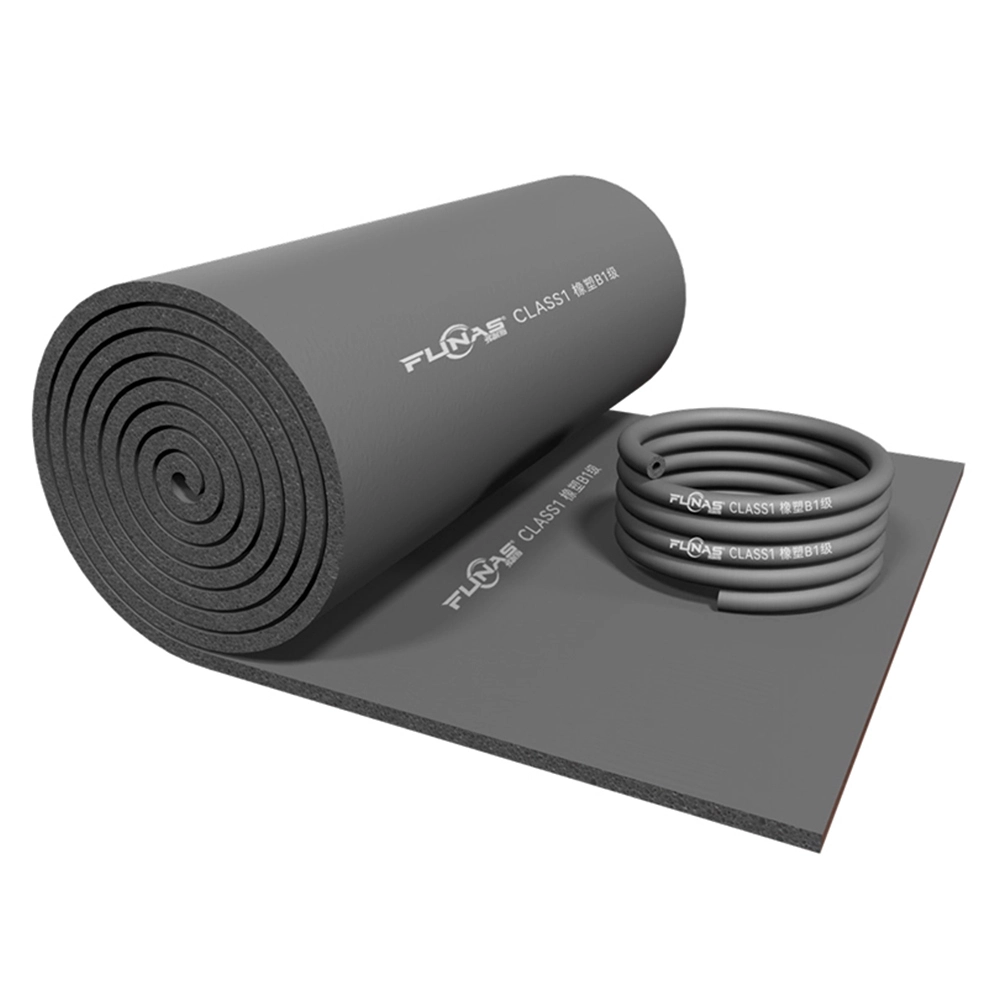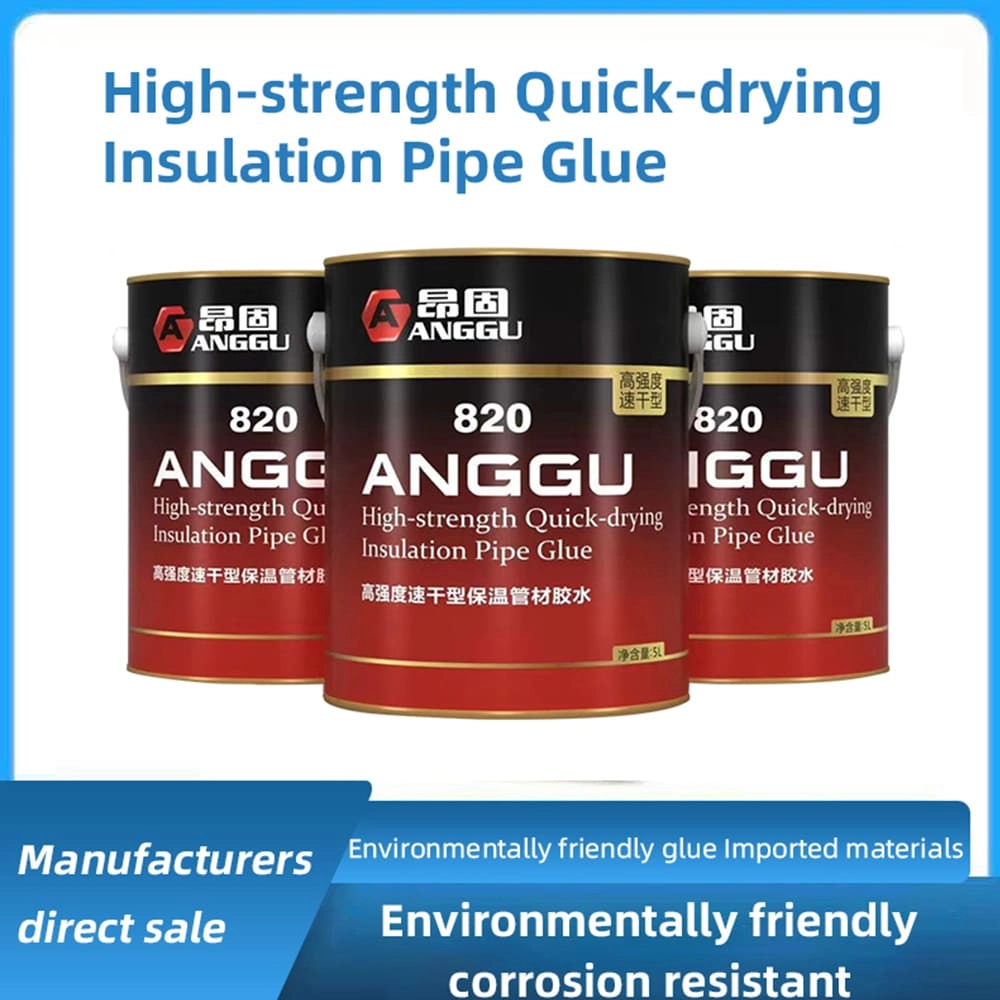Introduction
Foam pipe insulation is a widely used solution in both residential and commercial settings for enhancing energy efficiency and protecting piping systems from damage. As energy costs continue to rise, finding ways to improve thermal regulation and reduce energy consumption has become more important than ever. This
guide explores the effectiveness of foam pipe insulation, detailing its benefits, applications, and the factors that affect its performance.
In this article, we will cover how foam insulation works, its advantages over other insulation materials, and how to choose the right type of foam pipe insulation for your needs. If you're looking for a solution to improve the energy efficiency of your home or business, foam pipe insulation could be the answer.
What Is Foam Pipe Insulation?
Foam pipe insulation is a material designed to wrap around pipes to reduce heat loss, prevent condensation, and protect pipes from environmental damage. It is commonly made from closed-cell foam, which helps to provide a higher level of insulation compared to open-cell foam. The closed-cell structure prevents water vapor from penetrating the foam, making it an ideal choice for moisture-prone areas.
The main types of foam pipe insulation include polyethylene, elastomeric, and
polyurethane foam. Each type of foam insulation offers specific benefits, such as superior flexibility, resistance to temperature extremes, and moisture protection. Foam pipe insulation is often used in both residential plumbing and industrial applications to improve energy efficiency and prevent pipe damage in harsh environments.
How Does Foam Pipe Insulation Work?
Foam pipe insulation works by creating a barrier between the pipe and the surrounding air. This layer of foam reduces heat transfer by trapping air in the cells of the foam. This process helps to keep heated or cooled air within the pipes, reducing energy loss and preventing condensation from forming on the surface of the pipes.
One of the primary reasons foam pipe insulation is so effective is its ability to provide a high R-value, which is a measure of thermal resistance. The higher the R-value, the better the material is at insulating the pipe. Closed-cell foam offers superior R-values and moisture resistance compared to other materials, making it an excellent choice for both residential and commercial installations.
Benefits of Foam Pipe Insulation

Energy Efficiency and Cost Savings
Foam pipe insulation significantly improves the energy efficiency of a building by minimizing heat loss in hot water pipes and preventing heat gain in cold water pipes. This reduction in energy consumption can lead to noticeable savings on heating and cooling bills. For example, insulating hot water pipes with foam insulation can reduce energy costs by preventing heat loss as water moves through the pipes.
Additionally, foam pipe insulation helps to maintain the temperature of the water as it travels through the pipes, allowing HVAC systems to operate more efficiently. In commercial applications, this can result in lower operational costs, as HVAC systems do not have to work as hard to maintain desired temperatures.
Condensation and Corrosion Prevention
One of the key benefits of foam pipe insulation is its ability to prevent condensation. When warm, moist air comes into contact with cold pipes, condensation forms, which can lead to water damage, rust, and mold growth. Foam pipe insulation, especially closed-cell varieties, helps prevent this moisture from forming by providing a barrier between the cold pipes and the warm air.
By preventing condensation, foam insulation also protects pipes from corrosion, increasing their lifespan. In industries where pipes are exposed to harsh environmental conditions, such as in refrigeration or plumbing systems, foam pipe insulation is essential for ensuring long-term reliability and durability.
Noise Reduction
Foam pipe insulation is also effective at reducing sound transmission through pipes. In plumbing systems, water flow and pipe vibrations can create noise that travels throughout the building. Foam insulation helps dampen these sounds, making it an ideal solution for both residential and commercial applications where noise reduction is a concern.
This benefit is particularly useful in environments like office buildings, schools, and hospitals, where minimizing noise pollution is important for creating a comfortable atmosphere. Additionally, foam insulation can help prevent the "water hammer" effect, which occurs when water rapidly shuts off, causing loud banging noises in the pipes.
Factors Affecting the Effectiveness of Foam Pipe Insulation
Material Quality and Technology
The effectiveness of foam pipe insulation largely depends on the quality of the material used. High-quality foam with a high density and a closed-cell structure will provide better thermal resistance and moisture protection. For example, advanced technologies like Duocell ACMF micro-foam technology used by manufacturers like FUNAS ensure superior insulation performance.
The closed-cell structure of these materials ensures that they trap air more effectively and prevent water vapor from entering the foam. This makes the insulation more durable and reliable over time, even in harsh conditions.
Thickness and Coverage
Another important factor is the thickness of the foam pipe insulation. While thicker insulation provides better thermal resistance, the correct thickness for your application depends on factors such as climate, pipe diameter, and whether the pipes are exposed to high or low temperatures.
In general, a thicker insulation layer will provide better protection against heat loss and condensation. However, proper installation is also crucial to ensuring maximum effectiveness. Insulation should cover the entire pipe surface, leaving no gaps or exposed areas.
Environmental Considerations
Foam pipe insulation is available in various eco-friendly options. Many manufacturers, including FUNAS, prioritize sustainability by using materials that are free from harmful chemicals and that help reduce environmental impact. Using sustainable materials not only benefits the planet but also improves the product's overall performance.
Additionally, foam insulation's ability to reduce energy consumption has long-term environmental benefits by helping to reduce carbon emissions and lower overall energy demand.
Applications of Foam Pipe Insulation
Foam pipe insulation is versatile and can be used in a wide range of applications, from residential plumbing to industrial and commercial use. Common applications include:
-
HVAC systems: Foam pipe insulation helps prevent heat loss or gain, improving energy efficiency in heating and cooling systems.
-
Refrigeration: In cold storage facilities or industrial cooling systems, foam pipe insulation helps maintain the necessary temperature by preventing heat gain.
-
Plumbing: In residential and commercial buildings, foam pipe insulation helps to prevent freezing and protects pipes from potential damage during extreme weather.
For industries requiring custom solutions, manufacturers like FUNAS provide tailored options, ensuring that foam pipe insulation meets the specific thermal, acoustic, and mechanical performance requirements.
FUNAS: High-Quality Foam Pipe Insulation Manufacturer

FUNAS is a renowned manufacturer specializing in high-quality foam pipe insulation. With a commitment to energy efficiency and sustainability, FUNAS offers a range of customized foam insulation solutions designed to meet the unique needs of various industries.
Their products are manufactured using advanced technologies, including Duocell ACMF, which provides superior closed-cell foam insulation. This ensures that FUNAS products offer optimal thermal resistance, condensation prevention, and durability. FUNAS also takes sustainability seriously, using eco-friendly materials and performing comprehensive lifecycle assessments (LCA) to reduce environmental impact.
How to Choose the Right Foam Pipe Insulation for Your Needs
When selecting foam pipe insulation, it is important to consider factors such as the pipe material, climate, and specific application. For instance, in areas with extreme temperatures, thicker insulation may be necessary to prevent freezing or heat loss. Additionally, custom insulation formulations can be selected to meet specific needs, such as flame retardant coatings for fire safety or water-resistant materials for use in wet environments.
Consulting with an insulation expert, like FUNAS, can help ensure that you select the best foam pipe insulation for your needs, whether for residential, commercial, or industrial purposes.
Maintenance Tips for Foam Pipe Insulation
Foam pipe insulation requires minimal maintenance, but regular inspection is essential for ensuring its continued effectiveness. Check for any signs of wear, such as cracks or tears in the foam, especially in areas exposed to physical damage or harsh weather conditions.
If insulation becomes damaged, replace it promptly to maintain energy efficiency and prevent moisture from reaching the pipes. Proper maintenance will ensure that the foam insulation continues to protect pipes and contribute to energy savings over the long term.
FAQs
Q1: How effective is foam pipe insulation in preventing heat loss?
A1: Foam pipe insulation can reduce heat loss by up to 90%, depending on the thickness and quality of the
insulation material.
Q2: Can foam pipe insulation prevent condensation on pipes?
A2: Yes, closed-cell foam insulation helps prevent moisture from accumulating on pipes, which can reduce the risk of rust and corrosion.
Q3: How long does foam pipe insulation typically last?
A3: With proper installation and maintenance, foam pipe insulation can last anywhere from 10 to 20 years, depending on environmental conditions.
Q4: Is foam pipe insulation safe for use in commercial buildings?
A4: Yes, high-quality foam insulation products meet safety standards such as B1(C) fire ratings, making them suitable for use in commercial buildings.
Q5: Can foam pipe insulation be customized for specific industrial applications?
A5: Yes, FUNAS offers a range of customizable insulation options, including special coatings and formulations, to meet the specific needs of various industries.



























































